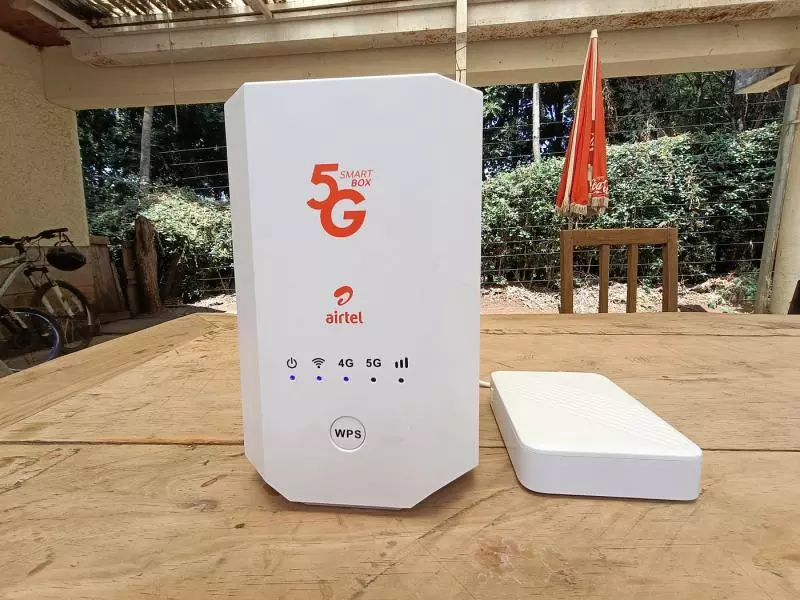The evolution of wireless technology has brought us to the era of 2G and 5G WiFi spectrums, unlocking unprecedented speed and connectivity. Let’s delve into the intricacies of these spectrums and how they can elevate your online experience.
2G Unveiled
The journey begins with 2G, the stalwart that laid the groundwork for mobile communication. Operating at lower frequencies, 2G provides reliable voice and text services. Explore the historical significance and the enduring relevance of 2G in today’s dynamic digital ecosystem.
5G Revolution

Fast forward to the present, where 5G takes center stage. With higher frequencies and unparalleled speed, 5G is not just an upgrade; it’s a revolution. Uncover the transformative impact of 5G on everything from streaming to IoT devices, reshaping the way we interact with technology.
Navigating the Spectrum
For areas with challenging connectivity, 2G remains a reliable ally. Learn how to optimize your device for 2G, ensuring seamless communication even in remote locations. Explore the benefits and nuances of harnessing the power of low-band frequencies.
Mastering 5G
Delve into the world of high-band frequencies with 5G. From lightning-fast downloads to reduced latency, discover the myriad advantages that 5G brings to the table. Gain insights into maximizing your 5G connection for an unrivaled online experience.
Harmony in Diversity
Contrary to popular belief, 2G and 5G can coexist harmoniously. Understand the scenarios where each spectrum shines and why having both in your connectivity arsenal can be a game-changer. Embrace a holistic approach to wireless communication.
Having a reliable and fast internet connection is crucial for modern life, whether you’re on the go for work or just hanging out with friends. To guarantee uninterrupted connectivity, the WiFi spectrum is crucial. Gaining access to the optimal WiFi spectrum can greatly improve your online experience, whether you’re browsing the web, watching movies, or participating in video conferences. Learn all about the 2G and 5G WiFi spectrum, how they differ, and how to get the most out of your WiFi network by reading this article.
Exploring WiFi Spectrum
The band of frequencies that wireless networks employ to send data is called the WiFi spectrum. It covers a wide range of frequency bands, each with its own set of advantages and disadvantages in terms of range, throughput, and consistency. 2G and 5G WiFi are the two main types of spectrum.
2G WiFi Spectrum: What Is It?
The 2.4 GHz frequency band is where 2G WiFi operates. Because of its broad coverage and high degree of compatibility with older equipment, it has long been used as a standard for wireless communication. However, the 2G spectrum frequently encounters congestion and interference, resulting in reduced speeds and diminished reliability, because of its popularity and the limited number of available channels.
Investigating the 5G WiFi Bandwidth
The frequency band that 5G WiFi operates on is 5 GHz. With improvements over 2G in areas such as speed, latency, and capacity, it embodies the future of wireless technology. For data-intensive activities like online gaming, 4K streaming, and video conferencing, 5G spectrum is the way to go because it is less likely to experience congestion and interference.
Bands of Frequency
The WiFi spectrum is split into various frequency bands, and each one has its own set of pros and cons. The range and throughput of lower frequency bands, such as 2.4 GHz, are superior to those of higher frequency bands, such as 5 GHz, which offer quicker speeds but have a shorter range.
Wi-Fi spectrum can have its performance diminished by interference from nearby networks, electronic devices, and physical impediments. You can optimize your WiFi connection for better speed and reliability by finding and removing interference sources.
Choose the Right Channel
Minimizing interference and optimizing network speed can be achieved by carefully choosing the WiFi channel. You can alter your network settings to take advantage of the least crowded channels in your area by using WiFi analyzer software.
Employing Routers with Two Bands
You can tailor your connection to your specific requirements with dual-band routers, which handle both the 2.4 GHz and 5 GHz frequency bands. In congested areas, in particular, they provide more mobility and higher performance.
Consider getting a 5G-compatible router and other devices if you need more bandwidth with less latency. With its superior performance, the 5G WiFi spectrum is soon to replace all other wireless standards. To keep unwanted people from getting access to your private data, you must secure your WiFi network.
To secure data sent over your WiFi network, turn on WPA2 or WPA3 encryption on your router. This safeguards your network from eavesdropping and other forms of illegal access.
Security by Password
To stop unwanted people from connecting to your WiFi, set a strong, unique password. To make things more secure, don’t use the default passwords or phrases that everyone can guess.
The next generation of wireless networking technology, WiFi 6 and WiFi 6E, will bring about a dramatic improvement in dependability, speed, and latency. New developments in WiFi spectrum technology, such as better spectrum usage and more allocation, are likely in response to the ever-increasing demand for high speed internet.
Conclusion
As we navigate the intricate landscape of 2G and 5G WiFi spectrums, one thing becomes clear the future is wireless, and it’s here to stay. Embrace the evolution, optimize your connectivity, and stay ahead in the digital race. The synergy of 2G and 5G awaits, promising a connected world like never before.
How To Change Your Optimum WiFi Password
Leave a Comment